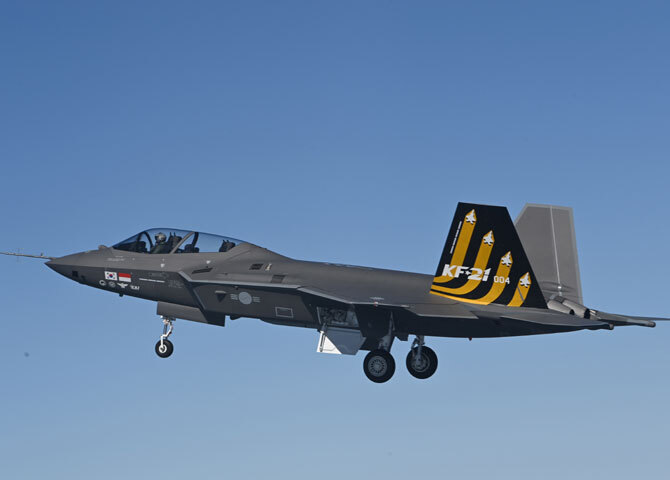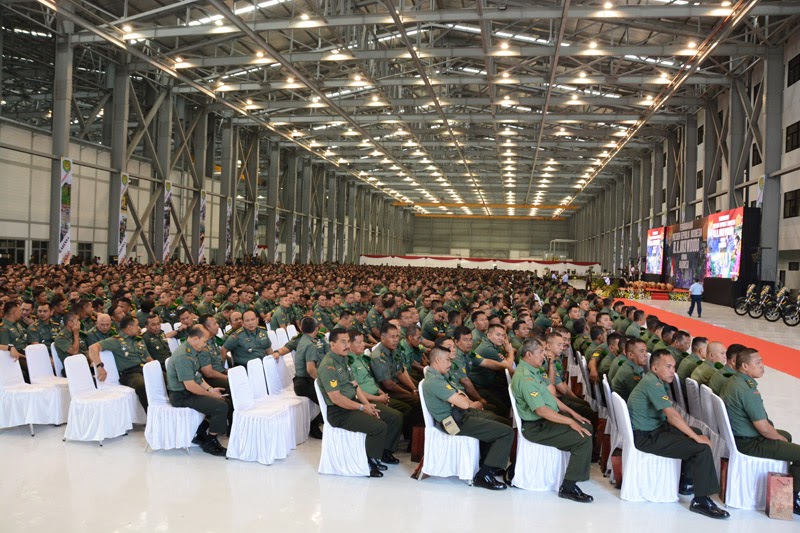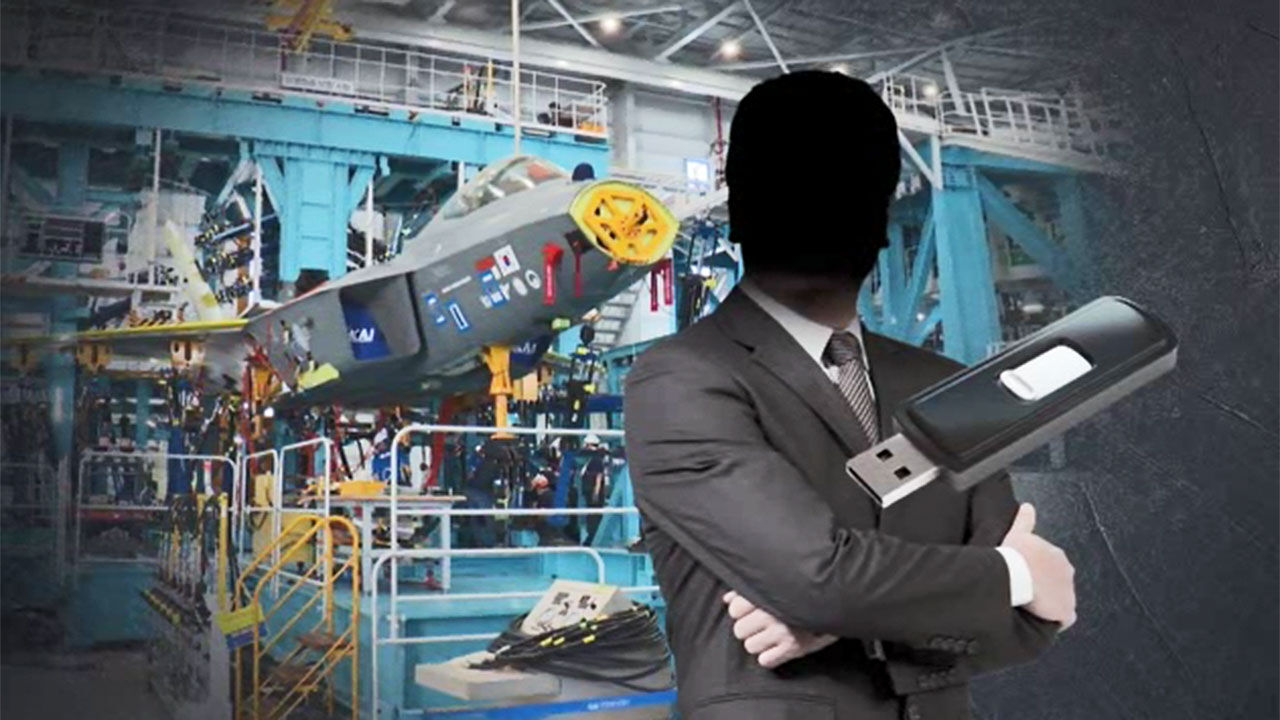Don't know the exact details. There were Korean conditions like age, seniority and experience level for the members of the Indonesian dispatch at KAI. Afaik those aren't directly hired by KAI as well.Speaking of the Indonesian, is it someone hired by KAI, or transferred from PT. DI or any partner company from Indonesia?
During different development phases there were researchers from Indonesian science institutes, technicians from state-owned aerospace company PT DI and test-pilots from Indonesian Air Force.
Due to concerns from Lockheed and US gov their access was strictly controlled. No access to core domestic (AESA, IRST, EW jammers, EOTGP) development and US/European technology.
If you're interested, this opinion piece (hardcore conservative Segye Ilbo) with usefull security infos at KAI:
“Wait a minute, what is this USB?” Aftereffects of KF-21 data leak, where will it go?
The domestically produced KF-21 fighter jet has once again become embroiled in controversy.After controversy last year over the business feasibility study surrounding the initial mass production, an attempt to leak data arose when the related budget barely passed the National Assembly's deliberation.
According to the Defense Acquisition Program Administration on the 2nd, an Indonesian engineer working at Korea Aerospace Industries (KAI) was caught trying to leak a portable storage device (USB) containing internal data related to the KF-21 on the 17th of last month.
The KF-21 prototype is taking off for a test flight. Segye Ilbo file photo
This fact has been notified to the National Intelligence Service, the Defense Acquisition Program Administration, and the Defense Counterintelligence Command, and an investigation is underway.
KAI's stance is, “We understand that there is a lot of general data,” and “We have not discovered any military secrets to date,” but questions about the level of stored data and how it was leaked appear to be growing.
Given that this is a data leak incident that occurred at KF-21, which is a combination of many domestic and foreign companies, technologies, and systems, the ramifications are bound to be quite large.
This may act as an invisible obstacle not only in the development and performance improvement of the KF-21, but also in the export process.
◆Data leak attempt, why is it serious?
Regarding this incident, the defense industry at home and abroad is responding that it is difficult to understand.
Immediately after the 'Changwon Espionage Group' incident, which emerged shortly after the inauguration of the current government, security measures were greatly strengthened at defense companies in the Gyeongnam region.
KAI is no exception. Personnel entering and exiting KAI's headquarters and production plant located in Sacheon, Gyeongsangnam-do must undergo a search for all electronic devices capable of storing data and receive approval for use.
The KF-21 prototype is being assembled at the Korea Aerospace Industries (KAI) plant in Sacheon, Gyeongnam. Segye Ilbo file photo
Storage media control and access control systems are implemented in major systems to prevent external leaks and intrusions. By using the Mobile Terminal Management System (MDM), the import and export of personal portable devices is strictly controlled.
Even if you are a KAI employee, you may not have access to all facilities. KAI executives and employees have different permissions to access the headquarters in Sacheon.
These settings are divided into five or more security levels. It is known that only a few high-ranking executives have access to all facilities.
Indonesian technicians, with about 10 people, have access to far fewer places than KAI executives and employees. This means that access is very limited.
However, a significant amount of data was released from the USB. This raises the possibility that there may be a helper within KAI.
A government source said, “How could (the Indonesian engineer) have brought in the USB and stored the data?” and added, “Intelligence authorities have no choice but to keep in mind the possibility of the existence of an assistant.”
The type of data contained in the USB is also a problem. It is reported that the USB contained data such as KF-21 test flight results, avionics technology, and overseas source technology.
At the time of KF-21 development, Indonesia decided to receive one prototype and various technical data in exchange for paying about 1.6 trillion won, or 20% of the development cost.
According to this agreement, KAI distinguished between technologies that could be transferred to Indonesia and technologies that could not be transferred from the KF-21 design stage.
From the perspective of the technician who was caught trying to export the USB, there is little benefit to be gained from collecting the technical data to be transferred to Indonesia. There is a problem with non-payment of the contribution, but it can be taken over if paid. Technology that cannot be obtained in Korea is bound to become a target.
Technologies excluded from transfer to Indonesia include those imported from overseas and those that have export approval (E/L) issues in overseas original copyright countries. It is known that many of these technologies could be viewed even by Indonesian technical staff under controlled supervision.
It is possible that the person in question recognized the value of the technology that we control and transfer, given that the technician with the data on the USB has more knowledge and experience than other technicians as a senior among the personnel who stayed at KAI.
Some speculate that domestic active electronic scanning (AESA) radar technology may be included. However, the AESA radar has key data in the Agency for Defense Development (ADD), which is developing it. The core technology of the KF-21 avionics equipment has been protected.
Domestic Active Electronically Scanning (AESA) radar to be mounted on the KF-21. Segye Ilbo file photo
However, there is a possibility that the USB contains a classification chart of the AESA radar and related avionics systems. This level of data may be useful for Indonesia, which lags behind in fighter jet development technology and has difficulty importing technology from the United States as an Islamic country.
The big problem is that this may not be the first attempt. Since development of the KF-21 system began in 2016, Indonesian engineers have stayed at KAI's headquarters and factory in Sacheon. We cannot rule out the possibility that there may have been data leaks in the past that KAI, the government, and military authorities were not aware of.
◆Risk of trust turning into distrust
This attempt to leak data may result in planting seeds of distrust in relationships between countries and companies surrounding KF-21.
In particular, problems may become more serious regarding the movements of foreign companies and government authorities related to the KF-21.
If their technology is included in the leak, there is a possibility that it will move in some form. Methods vary, from formal inquiries to direct investigations.
The ones receiving the most attention are Lockheed Martin and the U.S. government. Lockheed Martin, in charge of technical support for the KF-21, is said to have invested dozens of technologies in the KF-21 design stage.
A pilot is preparing to disembark after completing a flight in the KF-21 prototype. Segye Ilbo file photo
A defense industry official said, “I understand that the U.S. government, including the Joint U.S. Military Affairs Group in Korea (JUSMAG-K), which is affiliated with the U.S. Embassy in Korea, is already making moves.”
In 2011, the United States sent an investigation team to conduct an intensive investigation after suspicions arose that South Korea had illegally removed the Tiger Eye sensor, a sensor for the F-15K fighter jet. During this process, Korean and U.S. officials engaged in an argument.
In this case, if American technology was contained in the USB in any form, there is a risk that it could develop into a diplomatic issue. If the United States raises questions about the investigation and follow-up of the incident, distrust may increase.
There is concern that this may lead to the risk that the US government's export approval will become more difficult than before or that approval will not be granted in the process of integrating additional US-made aviation weapons such as anti-radiation missiles into the KF-21.
This problem may also occur in the future KF-21 export process. When a third country's technology and shares are included in the fighter jet production process, the approval of the third country's government becomes a major variable in exports.
Saudi Arabia announced its intention to introduce 48 Typhoon fighter jets in 2018, but no progress was made due to Germany, one of the countries participating in the development, opposing Saudi exports. A representative example is that Germany recently changed its position and was able to pursue the introduction project only after five years. This is a case.
American GE's F414 engine used in the KF-21. Provided by GE
The KF-21 includes equipment that requires US government export approval, such as engines and Link-16. This is not a situation where we can just say “there is no problem” regarding this incident.
The same goes for Europe. European companies are participating in the KF-21, including medium-range air-to-air missiles (MBDA, UK), short-range air-to-air missiles (Diehl Defence, Germany), and ejection seats (Martin Baker, UK).
Although they do not have the authority to force an investigation, the mere possibility that the technology for a product developed over a long period of time and a large sum of money may have been leaked without permission is bound to cause anxiety and distrust in these companies.
The gap of distrust in relations with Indonesia is expected to deepen further.
Indonesia is in arrears of about 1 trillion won as it has not properly paid its share of the project due to budget shortages. On the other hand, as France is taking steps such as introducing Rafale fighter jets and purchasing used Mirage 2000-5 fighter jets used by Qatar, there is considerable distrust in Korea regarding its willingness to participate in the KF-21 project.
The fourth KF-21 prototype is undergoing test flights. Segye Ilbo file photo
Attempts to leak data in this situation run the risk of leading to fundamental skepticism about joint development with Indonesia. This is the part where it is pointed out that “Aren’t they just trying to acquire technology while maintaining the status of a joint development country while only paying the minimum contribution?”
The KF-21 is a state-of-the-art weapon with a complex mix of advanced technologies. The interests are that complicated. To maintain this, maintaining a high level of trust is essential. This is why I am very concerned about the ramifications of this leak attempt. Only a thorough investigation and measures to prevent recurrence can reduce this impact.

“잠시만요, 이 USB 뭐죠” KF-21 자료 유출 후폭풍, 어디로 튈까 [박수찬의 軍]
국산 KF-21 전투기가 또다시 논란의 소용돌이에 휩싸였다. 초도양산을 둘러싼 사업 타당성 조사를 놓고 지난해 논란을 빚은 끝에 관련 예산이 국회 심의를 간신히 통과한 상황에서 자료 유출 시도가 불거졌다. 2일 방위사업청 등에 따르면, 한국항공우주산업(KAI)에서 근무하던 인도네시아 기술자가 지난달 17일 KF-21 관련 내부자료가 담긴 이동식저장장치(USB)를 유출하려다 적발됐다.
Last edited:









